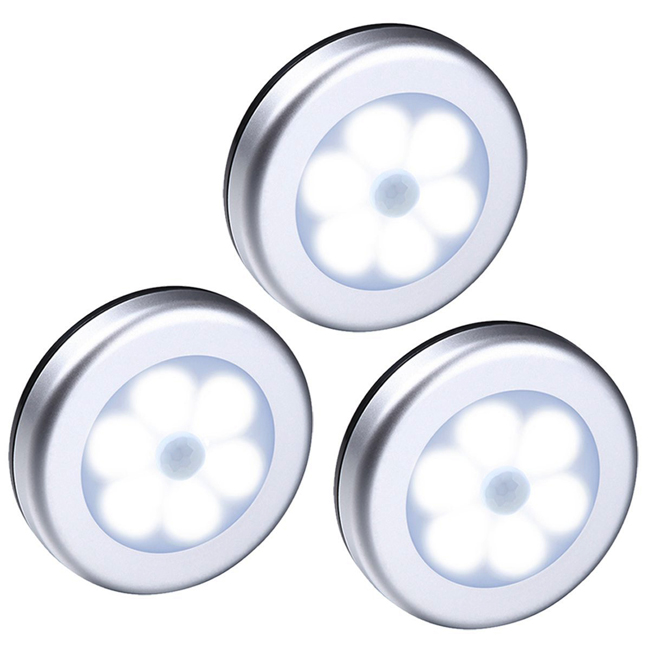Researchers at the University of Kiel in Germany have invented a nickel-titanium-copper memory alloy that can be deformed up to 10 million times without breaking, and usually the alloy material breaks thousands of times. This new material will have broad application prospects in many fields such as microelectronics and optical devices, sensors, and medical devices. Scientists invented the nickel-titanium memory alloy as early as the 1960s, which deformed when heated and cooled, and quickly returned to the shape determined during the initial machining. Most of the alloys we are familiar with change thousands of times in two lattice states, and cracks or even breaks occur. The author of the University of Keele, Germany, in a paper published in the journal Science, explained that this is because of the metal. The high temperature phase (austenite) will have more and more low temperature phase (martensite) crystal structure, and the incomplete conversion between the two phases will cause the alloy to break. The memory alloy unit invented by the research team led by the team led by 54 titanium atoms, 34 nickel atoms and 12 copper atoms. The researchers found by high-power electron microscopy and X-ray examination at 22 degrees Celsius to 87 degrees Celsius. This composition of memory alloy can withstand thousands of deformations without cracking. The researchers can also see that under the microscope, when martensite is completely transformed into austenite, two titanium atoms and copper atoms are deposited in the crystal lattice, and the deposition of titanium atoms and copper atoms constitutes the crystal in two phases. The basic structure, they call this phenomenon epitaxial growth. A zinc-copper-copper memory alloy invented by James University in the United States two years ago has similar properties. The alloy can withstand 16,000 hot and cold deformations without cracking. The invention of the James Research Group was published in the journal Nature. "Science" magazine believes that the invention of the University of Keele in Germany has greatly expanded the application of memory alloys, electromagnetic couplers, temperature sensors, microelectronics and optics, information storage media, and artificial heart valves in the medical field. Both have broad application potential. In addition, this memory alloy can be used to convert thermal energy from the outside and the environment into electrical energy, or to develop new cooling units. Night Light,Led Bulb Light,Colorful Night Light,Led Cabinet Light NINGBO ZHENGUO INTELLINGENT LIGHTING CO.,LTD , https://www.intellingentlighting.com